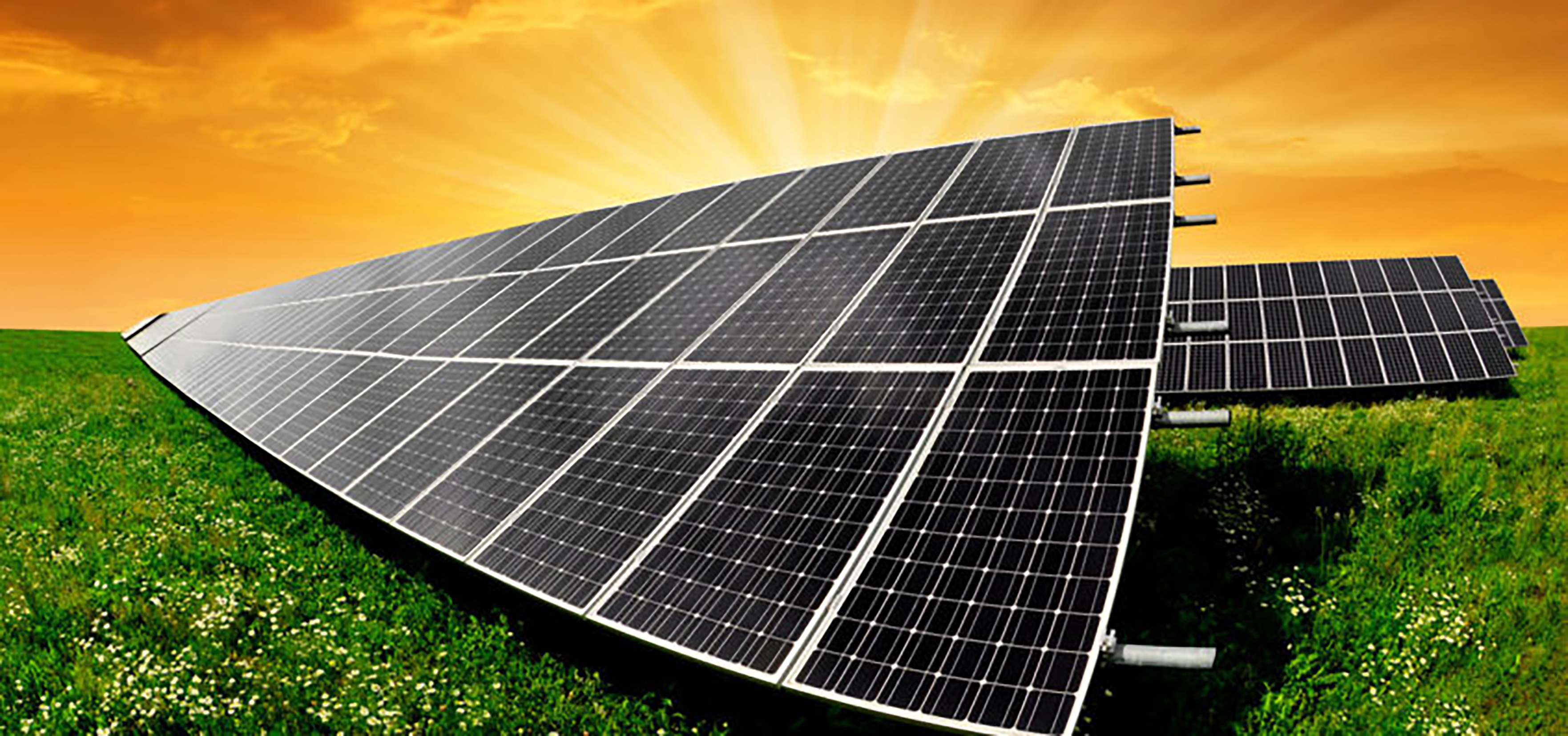PHOTOVOLTAIC EFFECT COMPOSED OF SILICON Solar cells are composed of solar energy harvesting technology, where solar radiation is converted into electrical energy by photovoltaic cells, these cells are fragile and can oxidize as degradations because they are made to the outside therefore it has to be covered with a transparent plastic to give a rigidity to it increase the resistance of said cells, the main material of plastic is obtained from silicon which is a very abundant substance of the planet making an excellent option for the production of solar cells. To obtain silicon they are made in several ways, but the most common is carbothermally, which costs too much talking about the economic issue without saying that you have to work with toxic substances, Solar panels are tools that transform solar radiation into electrical energy and since the twentieth century began its construction to power artificial satellites. In this way, the technology of the crystalline silicon solar cell is made known, its structure is reviewed with the optical-electrical components and then know the electrical functions. Crystalline silicon is a well-studied compound, the production of this material is becoming more frequent. Silicon solar cells are semiconductors of the "diode" family (anode and cathode) Silicon with symbol Si and atomic number of 14, belongs to the family 14 A. Chemically it is classified as a tetravalent metalloid, the density in liquid state is higher than in solid state, it expands at freezing temperature compared to other substances. The thermal conductivity is 435x10^ (-4) Sm^ (-1) therefore it is a semiconductor which improves its electrical conductivity at high temperatures. Crystalline silicon crystallizes in such a way that the structure resembles that of diamond. The electrical resistance changes when pressure is applied (mechanical stress) which occurs the PZIECOELCTRICO effect. The PZIECOELCTRICO property is the given ability to convert mechanical deformation into electrical voltage.
Silicon with boron is transformed into a superconductor with a transition season of 0.4 K Tc (it is the critical temperature where semiconductor materials are transformed into superconductors). By creating semiconductors and intentionally adding impurities to change their electrical property, it is called DOPING. Silicon being tetravalent is little active, reacts with halogens in dissolved alkaline medium, silicon is able to form long polymer chains that have properties in medicine and sealing tools. The temperature and performance data of the silicon solar panels are, a temperature of 25°C of the cells with radiation of 1kW/m² and an air mass of 1.5. In reality, installed under the sun, radiation rarely reaches that heat and the plates frequently heat up to 50°C or higher and perform less. Sun, Wind and Water: Energy Sources HOW DOES IT WORK? The photovoltaic effect, the silicon cell in the solar panel transforms radiation into electrical energy, unites several molecules to produce even greater energy. Sunlight (radiation) is composed of different types of particles called photons, these are composed of types of energy such as ultraviolet light, visible light, infrared light, gamma rays and X-rays. Silicon is a semiconductor is deforested with phosphorus and Boron to have a negative charge and positive charge, these two layers are kept separated by another thin layer so that they remain as neutral layers. When a photon touches the solar cell with the necessary energy, it causes the electrons of the N layer to absorb shower energy and become conductors thus creating an electric field, this creates an electric current circuit that will be working as long as it receives solar radiation. The more solar radiation it touches the surface of the cell, the greater its production of electrical energy as it will create more numbers of electrical conductors. Simply put, the radiation you receive in the morning will be less than the radiation you will receive in the afternoon when the sun is at its highest, this will cause less electrical energy to be generated in the morning. The photons of sunlight will have to hit the solar cell with a perpendicular shape since in this way the energy generated will also be even greater.

No hay comentarios:
Publicar un comentario